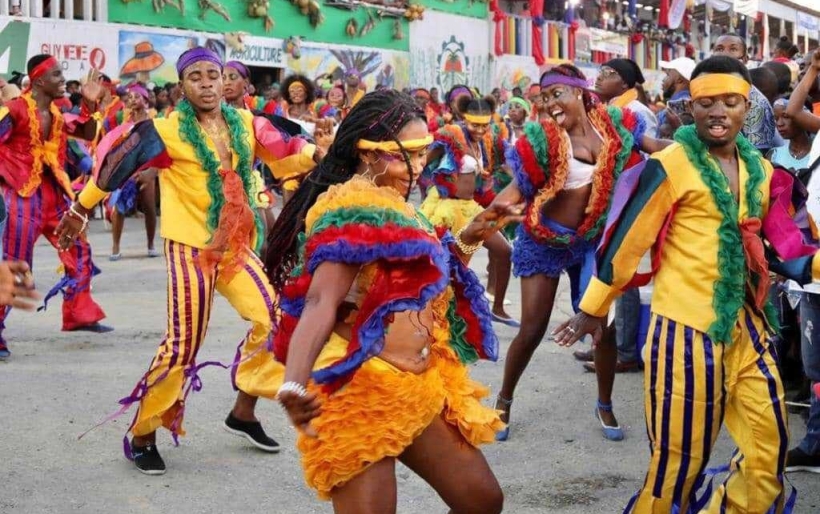Every year, right after Christmas, bands in Haiti – popular and unpopular – across genres begin releasing their Kanaval song or mereng in time for Carnival celebration. Every year, we end up with a litany of Haitian songs with lyrics that document the sentiments around whatever political or social events Haiti had just lived through. Sentiments of a longing for a better life, better schools, better hospitals, better roads. What we end up with is a living musical historical archive of the scandals, natural disasters, and viral jokes that have marked our lives year after year. For months leading up to the lenten season, Haitians sing and dance in the streets to the tune of these archives. In 1999, Haitians sang and danced along with the group Chande saying, Washington pou mizè pèp sa pase, tonè boule m pèp la p ap janm bliye! – “Washington, the misery this people has seen, we swear to God, the people will never forget,”
Hurricane season has never been kind to Haiti, and with the effects of climate change its impact only worsens year after year. In September of 1998, Hurricane Georges brought devastating floods that left thousands of Haitians homeless and hundreds dead. The Kanaval season that followed chronicled Haiti’s grief, the efforts to rebuild, and the hope and life that persisted anyway, Menm si Jòj te pase, Channmas p ap janm kraze. Ayiti kanpe pi rèd nan Kanval. “Even though George passed, Champs de Mars will never be destroyed. Haiti continues to stand in Kanaval”. I’ll never forget these lyrics from a popular Kanaval in 1999 by the group, Zion Babies, a passing nod to the tragedy we had recently faced in the middle of an otherwise joyous tune. To many, these songs are a sign of the famous “Haitian resilience,” and this line certainly demonstrates that. Others, however, find holding such a large celebration after any tragedy is inappropriate, and that our leaders continue to use Kanaval as a bandaid in exchange for all the other things it owes its people that it neglects to. Famed singer, Emeline Michel, sang once in a song, “tomorrow the street bands will come by, and we’ll forget our grumbling bellies.” But when is Haiti ever not in the midst of a tragedy? The result of years of failed local leadership and foreign interference means that there is always a reason to stop and mourn, but Haitians have found a way to survive anyway, and so long as that is the case, so does Kanaval.
